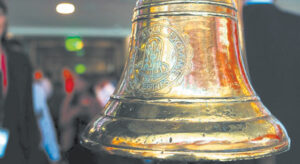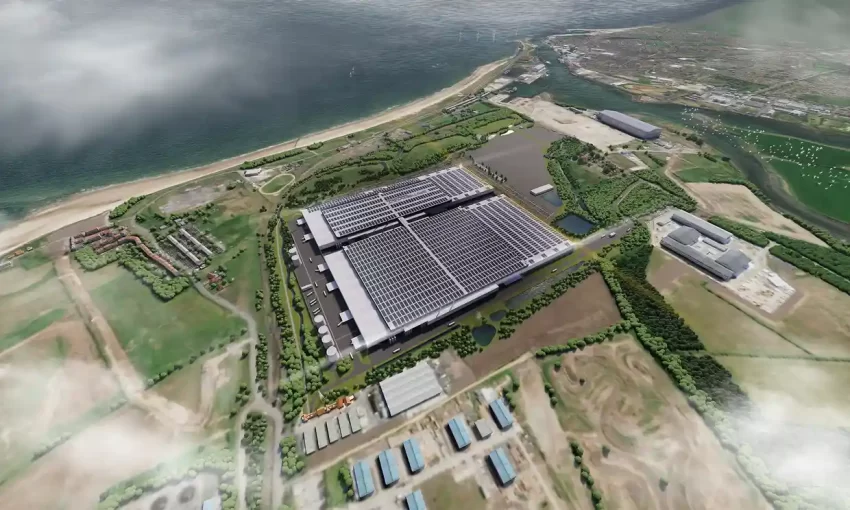
© Reuters. Iraqi protesters gather to mark the third anniversary of the anti-government protests in Baghdad, Iraq October 1, 2022. REUTERS/Khalid al-Mousily
BAGHDAD (Reuters) – The U.S.-led invasion of Iraq was designed to pave the way for a thriving democracy but the mostly ineffective governments elected since 2003 have left many Iraqis disappointed.
Iraqis say their leaders have yet to deliver on promises to reform the economy, fight corruption, improve worsening public services and combat poverty and unemployment.
Under a governing system in place since the post-Saddam Hussein constitution was adopted in 2005, the prime minister is a member of the Shi’ite Muslim majority, the speaker is a Sunni and the largely ceremonial role of president is held by a Kurd.
But that formula often comes under heavy strain as a result of sectarian agendas and fails to prevent bloodshed.
Here are the main current political figures.
SHI’ITES
The Shi’ites are led by mercurial cleric Moqtada al-Sadr on one side and by a collection of mostly Iran-aligned groups known as the Coordination Framework on the other.
MOQTADA AL-SADR AND THE SADRIST MOVEMENT
Populist Sadr, once an outlaw wanted dead or alive during the U.S. occupation, rose to become a political kingmaker and Iraq’s most powerful figure.
Sadr led an armed insurgency against the U.S. occupation of Iraq after American and international troops toppled Saddam.
He inherited a mass following of mostly impoverished Shi’ites from his father, Grand Ayatollah Mohammed Sadeq al-Sadr, assassinated in 1999 after openly criticising Saddam.
When Saddam was executed in 2006, witnesses taunted him by chanting Moqtada’s name as he was led to the gallows, leaked footage showed.
In Iraq’s 2006-2008 civil war, Sadr’s Mehdi Army was accused of forming death squads that kidnapped and killed Sunni Muslims. Sadr has disavowed violence against fellow Iraqis.
Sadr opposes all foreign interference, especially from Iran. He has a thousands-strong militia and wields wide power using loyalists working for the Iraqi state.
THE COORDINATION FRAMEWORK:
NOURI AL-MALIKI
Maliki is a former prime minister and leader of the Dawa party which dominated successive Iraqi governments after 2003. He has close ties with Iran, which supported Dawa’s opposition to Saddam during the 1980s Iran-Iraq war.
He has links with armed militias and state security, leads a powerful parliamentary bloc, and is Sadr’s fiercest opponent.
Maliki was pressured to leave office by both the United States and Iran for failing to stop Islamic State’s seizure of a third of the country in 2014. He has denied allegations that his sectarian policies pushed Sunnis into the arms of Islamic State.
HADI AL-AMIRI
Hadi al-Amiri, once a dissident fighting Saddam from exile in Iran, is one of Iraq’s most powerful politicians.
He leads the Badr Organisation, which started as a Shi’ite armed group supported by Iran in the 1980s. Badr makes up a big part of the Popular Mobilisation Forces, a state paramilitary organization that contains dozens of Iran-backed factions.
Opponents have accused him of running sectarian death squads following the U.S. invasion, an accusation he denies.
Portraits of Iranian Supreme Leader Ali Khamenei are a fixture in Badr offices. “Khamenei…is the leader not only for Iranians but the Islamic nation. I believe so and I take pride in it,” Amiri once said.
QAIS AL-KHAZALI
Khazali is a former insurgent who fought as part of Sadr’s Mehdi Army against U.S. troops before splitting off to form his own militia, Asaib Ahl al-Haq, which became a military-political group and holds a number of seats in parliament. The United States has designated his organisation a terrorist group.
THE KURDS
Iraq’s parliament elected veteran Kurdish politician Abdul Latif Rashid as president in 2022. Iraq’s minister of water resources from 2003-2010, Rashid is the uncle of Bafel Talabani, president of one of the main Kurdish political parties.
Kurdish parties have carved out a semi-autonomous region in northern Iraq since 2003 but the dominant Barzani and Talabani clans have long been at loggerheads over power and resources in a region rich in oil and gas.
Power-sharing governments in Iraqi Kurdistan have largely kept a lid on mistrust since the two sides fought a civil war in the 1990s. But Kurdish leaders’ internal divisions have weakened much of their formerly moderating influence on Iraqi politics.
THE SUNNIS
Iraq’s Sunnis dominated the country under Saddam, himself a Sunni. But the tables turned in 2003 with the U.S.-led invasion that ushered in Shi’ite dominance leaving Sunnis, vulnerable.
Sunnis have been divided by clan and ideological rivalries since 2003, which Sunni voters complain makes them weak against Shi’ite rivals.
Two major Sunni parties have emerged as winners in the last election — Taqaddum, led by speaker of parliament Mohammed al-Halbousi and the Azm alliance of Khamis al-Khanjar.
Halbousi, an engineer from western Iraq, has formed good relations with Shi’ites and Kurds who helped him become speaker.
Khanjar is a millionaire businessman who bankrolled Sunni politicians and fighters who sought to create autonomous region for the minority sect, a move criticised by Shi’ites as an invitation to tear Iraq apart.




